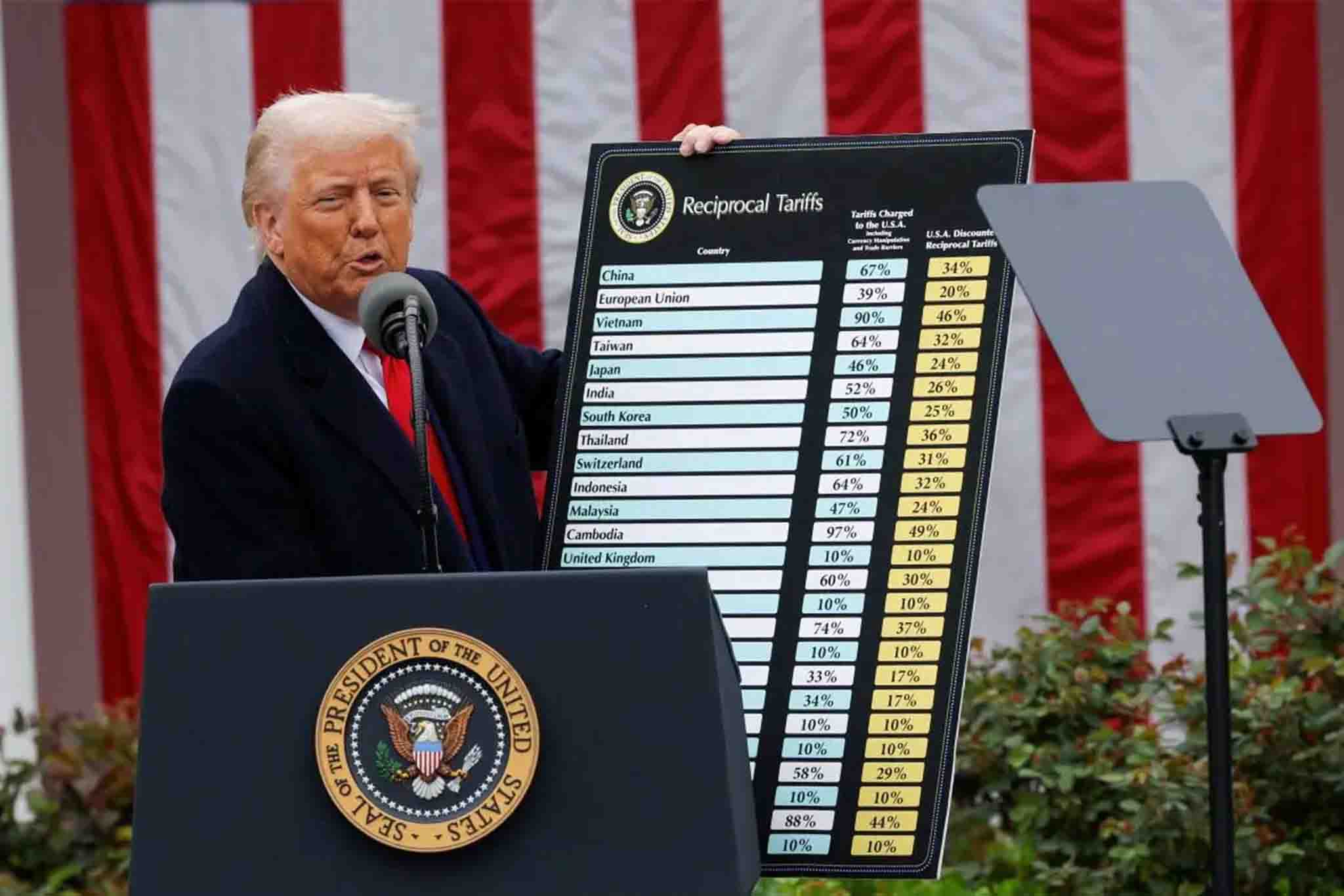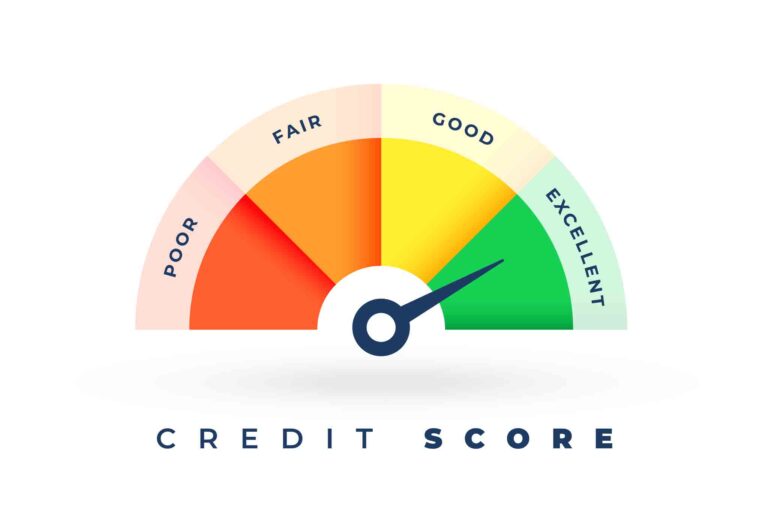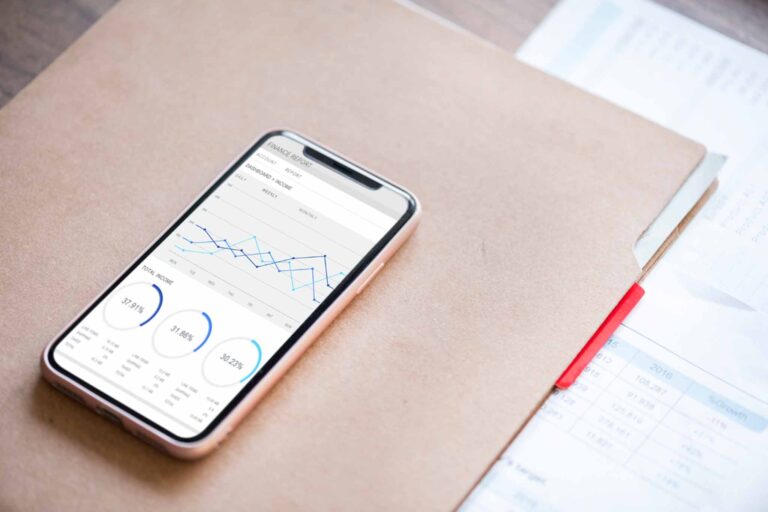The return of Trump tariffs in 2025 has put the spotlight back on international trade and how it affects household finances. While tariffs may seem like an issue for politicians and economists, they directly influence the prices consumers pay for everyday goods. From groceries to smartphones, many of the items used daily are tied to global supply chains.
New tariffs on imports, especially from countries like China, are already leading to higher retail prices. As these cost increases spread across categories such as clothing, electronics, and automobiles, families are beginning to feel the impact in their monthly budgets.
The goal of this article is to break down how these tariffs work, which products are affected, and how they could influence personal spending habits. Understanding the link between trade policy and your wallet can help you make better financial decisions in the months ahead.
Breaking Down the New Tariffs: What Is Changing in 2025
The 2025 round of Trump tariffs marks a significant escalation in trade policy. These new tariffs are designed to reduce reliance on foreign goods and protect domestic industries. While the political goals may sound strategic, the impact on everyday items is direct and widespread.
What Are the New Trump Tariffs?
The latest tariffs apply to a broad range of imports, with some goods now taxed at 10 to 25 percent. The automotive and electronics industries are among the most heavily targeted sectors. In some cases, certain vehicles face a 100 percent tariff, especially electric models imported from China.
Online retail has also seen major changes. Platforms like Shein and Temu previously benefited from a duty-free exemption for imported items under $800. That exemption has now been removed, meaning low-cost imports are no longer shielded from tariffs.
Industries Most Affected by the 2025 Tariffs
Several key industries are seeing immediate pressure from the new tariff structure. These sectors rely heavily on imports, making them vulnerable to increased costs that are quickly passed on to consumers.
- Automobiles and Car Parts: Higher costs are already being passed to consumers through price increases.
- Consumer Electronics: Phones, laptops, and accessories are becoming more expensive due to import taxes.
- Clothing and Apparel: Budget retailers sourcing from overseas are increasing prices to offset the new tariffs.
- Groceries and Packaged Goods: Specialty foods and packaged items imported from other countries are seeing cost increases.
The increased prices in these industries contribute significantly to the overall rise in consumer inflation. As a result, everyday personal spending across these categories is becoming noticeably more expensive.
Why These Changes Matter for Consumers
While tariffs are paid by importers, the costs do not stop there. Retailers, distributors, and manufacturers typically pass these expenses down the chain. The result is higher prices for common products and services, directly affecting personal spending habits.
By understanding what industries are impacted and how pricing is shifting, consumers can better anticipate upcoming changes to their household budgets.
How Tariffs Lead to Higher Prices for Everyday Items?
Tariffs create a ripple effect throughout the economy. When importers are taxed at the border, those costs are typically added to the final price paid by consumers. In 2025, the Trump tariffs are already causing noticeable increases in the prices of everyday goods.
Which Products Are Becoming More Expensive?
The impact is especially clear in the following categories:
- Electronics: Smartphones, laptops, and accessories are climbing in price due to increased import duties.
- Clothing: Budget clothing brands that rely on low-cost overseas manufacturing are raising their prices to adjust.
- Groceries: Specialty food products and packaged imports now carry extra costs.
- Automobiles: Vehicles and replacement parts, especially those from China, are seeing significant price jumps.
These price hikes are not limited to luxury items. Many are essential products used by average families, which means the effect is being felt across all income levels.
Retailers Are Passing Costs to Shoppers
Major retailers like Walmart, Target, and Best Buy are already adjusting prices. Businesses facing higher costs from tariffs must maintain margins, which leads to increased shelf prices. Even discount stores and online platforms are affected.
For example, a basic household appliance that previously cost $200 may now retail for $230 to $250, depending on its country of origin and supply chain structure.
Projected Rise in Consumer Inflation
Recent projections show that inflation may rise beyond 3 percent due to the impact of new tariffs. The average American household could face an additional $3,000 to $3,800 in annual spending, based on current consumer behavior and pricing trends. These increases affect both essential and discretionary purchases, making budgeting more difficult.
Understanding these changes allows consumers to make informed choices, whether by shopping differently, delaying large purchases, or switching to local alternatives.
Which Groups Feel the Greatest Impact on Their Budgets?
Not all consumers experience the impact of tariffs in the same way. The effect depends on spending habits, income levels, and where people shop. As Trump tariffs take hold in 2025, some groups are feeling the financial pressure more than others.
Middle-Class Families Are Hit the Hardest
Families earning moderate incomes often rely on imported goods for affordability. Groceries, clothing, and household electronics now cost more, making it harder to stick to monthly budgets. With limited room to absorb these increases, many households are adjusting by cutting non-essential purchases.
Example: A family of four that once spent $800 per month on essentials may now face $850 to $900 in the same period, with little change in consumption habits.
Urban and Suburban Shoppers Dependent on Imports
Urban areas tend to have broader access to international goods, including imports from discount retailers and online platforms. These shoppers are more likely to feel immediate effects from rising costs.
Young professionals and renters in cities are particularly vulnerable, as their budgets are already stretched by high living expenses. The shift in pricing on imported electronics and home products adds more pressure.
Online Shoppers and Gen Z Consumers
Consumers who frequently shop from platforms like Shein, Temu, and Amazon are also affected. These platforms once offered budget-friendly options, but with new import taxes in place, prices are climbing.
Younger shoppers, especially Gen Z and Millennials are noticing the changes. Many of them prioritize affordability and convenience, and the loss of low-cost international goods changes how they shop.
How Consumer Behavior Is Changing Because of Tariffs?
As the impact of Trump tariffs becomes more visible in 2025, consumer behavior is shifting in practical and noticeable ways. Rising prices have made many shoppers rethink how and where they spend their money. These changes are happening across income levels but are especially strong among younger and budget-conscious consumers.
Spending Shifts Toward Essentials
With inflation and higher costs, more households are focusing on needs over wants. Discretionary spending is decreasing. Families are cutting back on items like new gadgets, branded clothing, or non-essential home goods. Purchases are now more planned and delayed.
Example: A household that once upgraded electronics every year may now extend that cycle to two or three years.
Rise in Domestic and Secondhand Buying
Tariffs on imports are pushing consumers to explore alternatives. Many are turning to American-made goods, even when they cost slightly more, because they are not subject to the same price increases. There’s also growing interest in secondhand shopping through platforms like Facebook Marketplace, Poshmark, and local thrift stores.
This change in behavior helps consumers manage personal spending while avoiding tariff-inflated prices.
Online Habits Are Evolving
Consumers who previously favored international sellers for cheaper products are adjusting their habits. With platforms like Shein and Temu becoming more expensive, shoppers are reducing frequency or switching to local e-commerce alternatives.
Searches for phrases like “made in USA deals” and “tariff-free shopping” have increased in recent months. This indicates growing awareness among consumers about how tariffs influence personal costs and how to navigate around them.
These behavioral changes are likely to continue as long as tariffs remain in place and household budgets remain under pressure.
Practical Tips to Protect Your Wallet from Tariff Effects
With prices rising across key product categories, it’s important to take practical steps to manage personal spending. While tariffs are outside consumer control, smart shopping and financial habits can help limit the impact on your wallet.
Adjust Your Budget for Increased Costs
Take a close look at your monthly spending and update your budget. Identify categories that have become more expensive and shift funds from non-essential items.
Tip: Use budgeting apps that track price changes over time. Many now alert users when costs rise on repeat purchases like groceries or household supplies.
Choose Domestic Alternatives Where Possible
Products made in the United States are not subject to tariffs, which makes them a valuable option. While prices may appear higher at first glance, they can offer more long-term value without the added import tax.
Tip: Look for American-made labels on electronics, home goods, and clothing. Many brands now highlight domestic manufacturing to help buyers make informed decisions.
Embrace Secondhand and Discount Options
The secondhand market is growing quickly. Online platforms and local consignment shops offer high-quality items at a fraction of retail prices, without being affected by tariffs.
- Use platforms like OfferUp, Craigslist, or Poshmark
- Visit local thrift stores or community swap events
- Check neighborhood groups for trade or resale opportunities
Shop Smarter and Plan Ahead
Buy in bulk when prices are still reasonable, especially for non-perishable items. Planning purchases ahead of time reduces the risk of paying inflated prices during sudden tariff hikes.
Example: If electronics are expected to increase next quarter, upgrading a device now could save money in the long run.
Review Your Investment and Savings Strategy
Tariff-related inflation affects not just spending but also long-term financial planning. Talk to a financial advisor about adjusting investment strategies or savings targets in a higher-cost environment.
Tip: Consider index funds that perform well during inflationary periods, or increase emergency savings to cushion unexpected cost spikes.
These simple strategies help protect your financial stability even as prices rise due to ongoing tariff policies.
The 5 Key Areas of Personal Finance You Need to Master in 2025
Conclusion: Staying Prepared for the Economic Effects of Tariffs
The 2025 Trump tariffs are reshaping how Americans spend, save, and shop. From groceries to gadgets, the rising cost of imported goods is already visible in everyday life. While trade policies are complex, their effect on personal spending is clear and immediate.
Understanding which items are affected and how tariffs influence pricing can help consumers adjust. Budgeting smarter, choosing alternatives, and shifting shopping habits are now essential for maintaining financial health.
Staying informed, planning ahead, and making intentional choices will go a long way in reducing the impact of tariffs on your personal finances.


